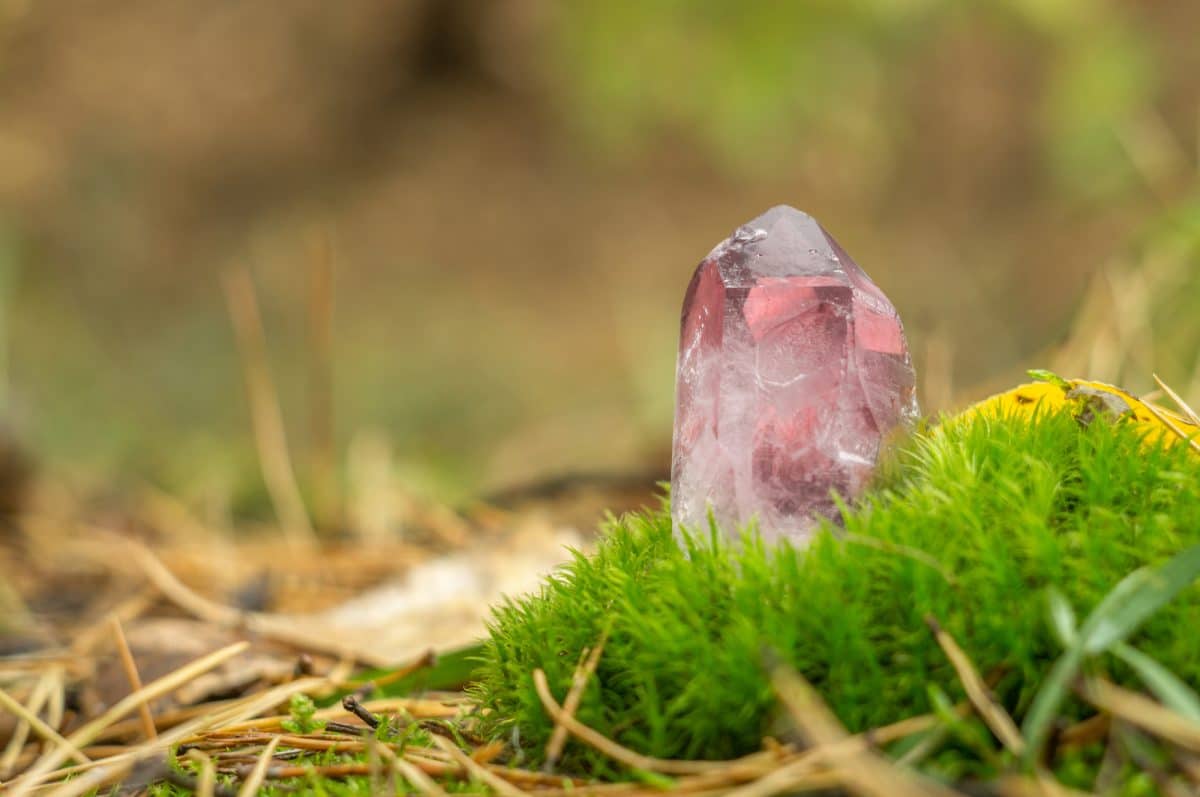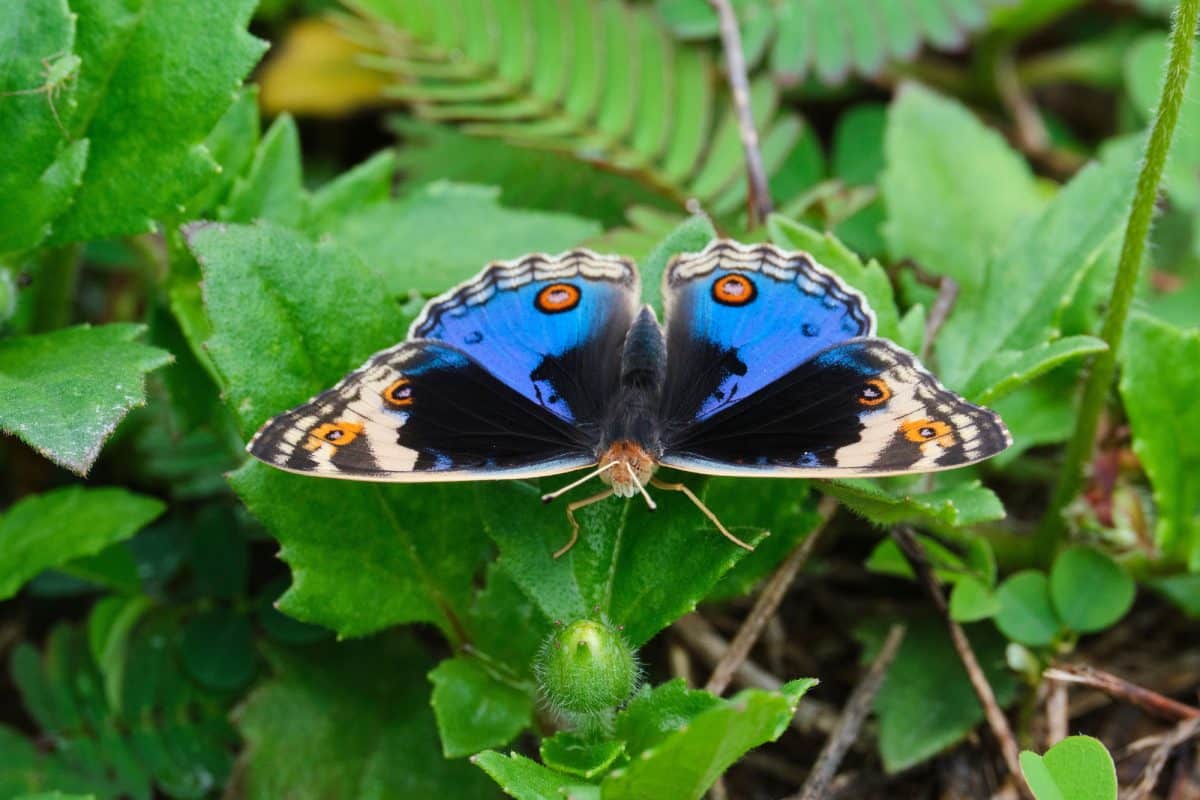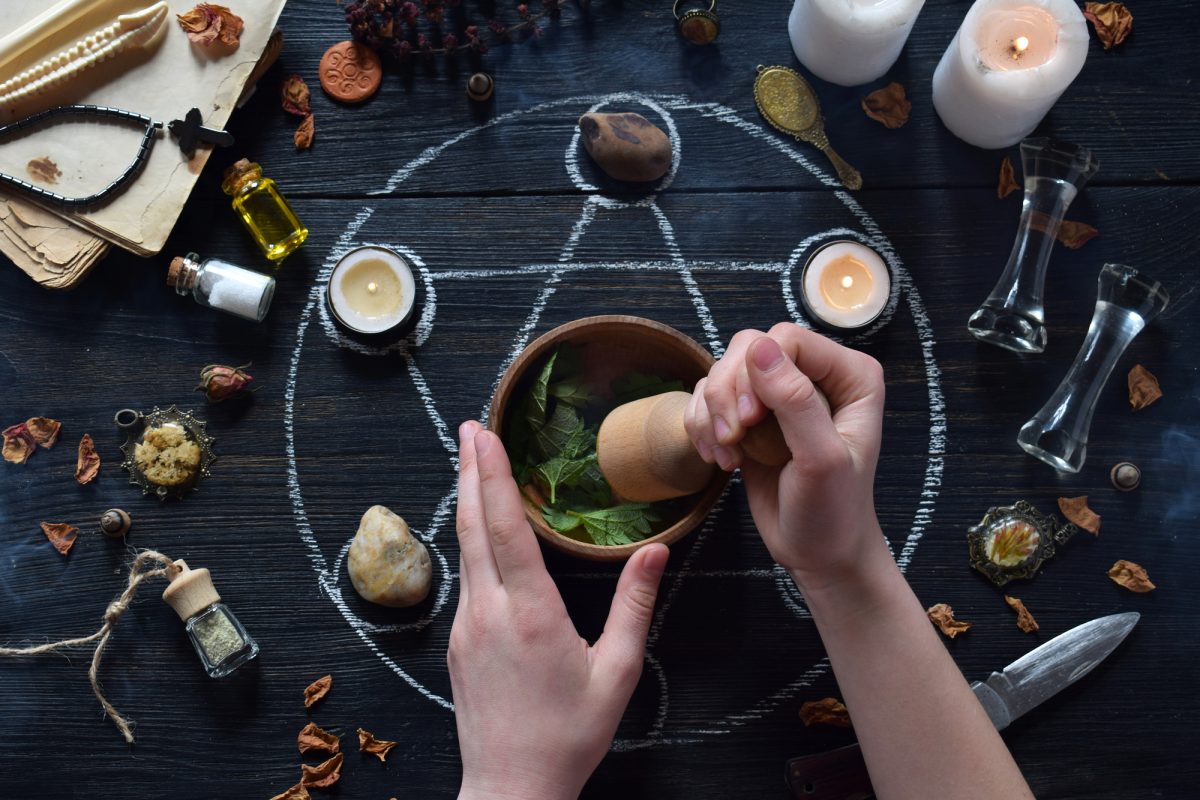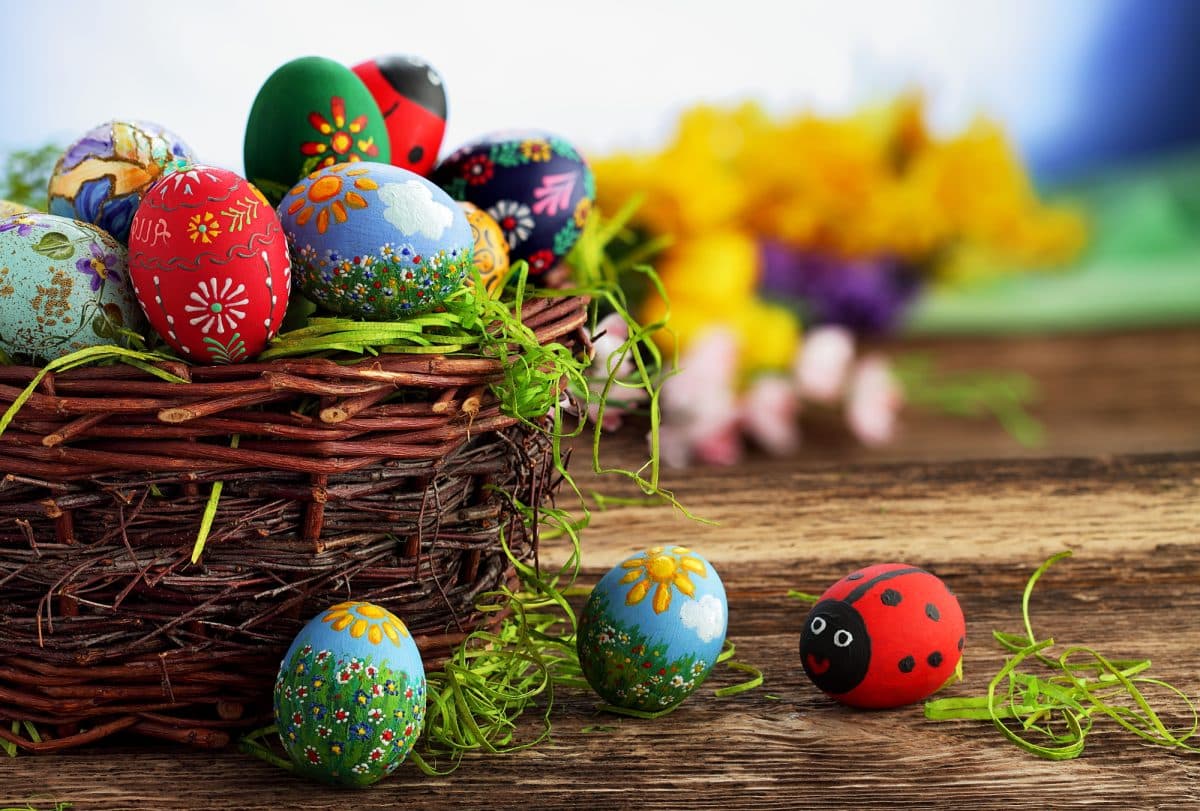The Fascinating History of Christmas Trees
The magic of Christmas trees has captivated hearts and homes worldwide during the holiday season. With twinkling lights and sparkling ornaments, these festive symbols have become an essential part of the modern Christmas celebration.
However, the captivating history of the Christmas tree goes beyond its current role, weaving through various cultural and spiritual traditions
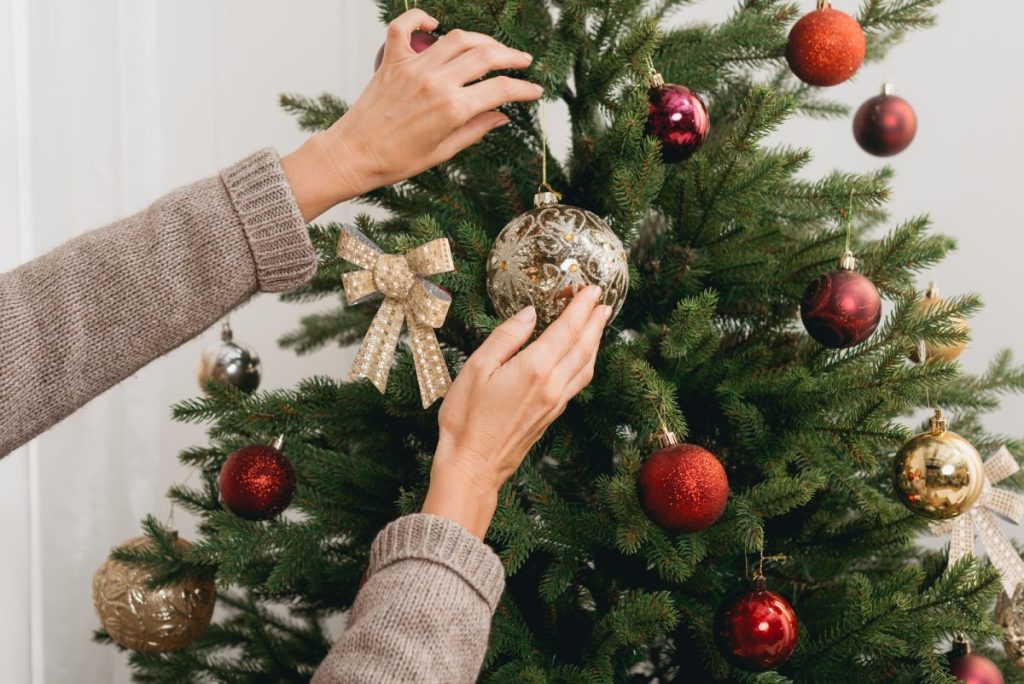
Table of Contents
Yule: The Ancient Midwinter Festival of Rebirth and Renewal
Long before the concept of Christmas emerged, ancient cultures across Northern Europe celebrated Yule, a midwinter festival that coincided with the winter solstice.
Taking place around December 21, Yule marked the shortest day of the year and the turning point when daylight would gradually increase, eventually welcoming the arrival of spring. Yule was a time of enchantment, symbolizing the cycle of life, death, and regeneration.
Yule Trees: Evergreen Guardians of Life and Hope
During Yule festivities, ancient peoples would bring evergreen trees, branches, or boughs into their homes as symbols of life’s tenacity amid the darkness and cold of winter.
These evergreen plants, which retained their vibrant green hue even during the harshest months, embodied the promise of renewal and the persistence of life. Sheltering seeds and harboring the potential for new growth, Yule trees would later transform into the beloved Christmas trees we know today.
Witchcraft: Infusing Christmas Trees with Magical Energy
Witchcraft, often linked to nature worship and the manipulation of natural forces, has played a significant role in shaping the history of the Christmas tree. Practitioners of witchcraft, or witches, believed that the evergreen tree’s ability to withstand the winter months imbued it with potent energy.
By adorning the tree with candles, crystals, and symbolic tokens, witches aimed to tap into the tree’s power and attract protection, abundance, and good fortune to their homes.
Enchanting Tree Rituals: Invoking the Spirit of the Forest
In certain witchcraft traditions, the Christmas tree was more than just a passive symbol—it was an active participant in magical rituals. Witches would summon the spirit of the tree, requesting its aid in their magical workings.
They would also present offerings and blessings to the tree, fostering a symbiotic relationship with the forest spirit. This mystical bond between witches and trees continues to be a treasured aspect of contemporary witchcraft practices.
Paganism: Celebrating the Divine Qualities of Trees
The Christmas tree’s enchanting history is deeply intertwined with pagan beliefs. Numerous pagan cultures, such as the ancient Celts, venerated trees and ascribed sacred qualities to them.
Trees were perceived as a conduit between the earthly realm and the divine, linking humans to the spiritual world. The evergreen tree, in particular, symbolized the unbreakable bond between the living and the divine.
Saturnalia: The Roman Roots of Christmas Tree Traditions
The ancient Roman festival of Saturnalia has also left an indelible mark on the modern Christmas tree. Dedicated to the god Saturn, Saturnalia was a period of feasting, gift-giving, and revelry.
During this celebration, Romans would adorn their homes with evergreen branches, a custom that eventually merged with the Christian tradition of the Christmas tree.
The Druids: Revering the Sacred Evergreen
The Druids, an ancient Celtic priestly class, held evergreen trees in high esteem, especially during the winter solstice. They believed that the evergreen’s ability to retain its leaves throughout the winter months symbolized eternal life and divine protection.
The Druids would gather mistletoe, holly, and other evergreens during their winter solstice rituals, using them to create sacred spaces and to ward off evil spirits. This reverence for evergreens laid the foundation for the Christmas tree’s spiritual significance in contemporary holiday celebrations.
Norse Mythology: Yggdrasil and the World Tree
Norse mythology also contributes to the rich tapestry of beliefs surrounding the Christmas tree. Yggdrasil, the World Tree in Norse cosmology, connected the nine realms of existence and was central to the ancient Norse understanding of the universe. The World Tree’s evergreen nature resonated with the symbolism of the Christmas tree, as both represented the continuity of life and the interconnectedness of all things.
Germanic Origins: The Evolution of the Modern Christmas Tree
The modern Christmas tree has its roots in 16th-century Germany, where devout Christians began to bring decorated trees into their homes.
This custom gained widespread popularity in the 19th century, when German immigrants brought the tradition to America. The iconic image of a beautifully decorated evergreen tree, adorned with lights, ornaments, and tinsel, has since become synonymous with the festive season.
The Evolution of Tree Decorations: From Simplicity to Extravagance
The decorations used to adorn Christmas trees have evolved over the centuries. In ancient times, people used simple natural materials such as fruits, nuts, and berries to embellish their Yule trees.
As the tradition of the Christmas tree spread, people began to incorporate candles, which symbolized the light of Christ, as well as handmade ornaments and gifts. In contemporary times, Christmas tree decorations have become increasingly elaborate, with twinkling lights, colorful baubles, and dazzling tinsel capturing the festive spirit of the season.
A Timeless Symbol with Enchanted Roots
The enchanted origins of the Christmas tree reveal a rich and diverse history that intertwines Yule, witchcraft, and paganism with the evolution of cultural and spiritual traditions.
From its humble beginnings as a symbol of hope and renewal to its current status as an iconic centerpiece of the holiday season, the Christmas tree has transcended time and space, weaving a tapestry of beliefs and customs that continue to captivate hearts worldwide.
As you gather around your tree this festive season, take a moment to appreciate the magical history that has shaped this cherished tradition and immerse yourself in the enchanting spirit of the holidays.


